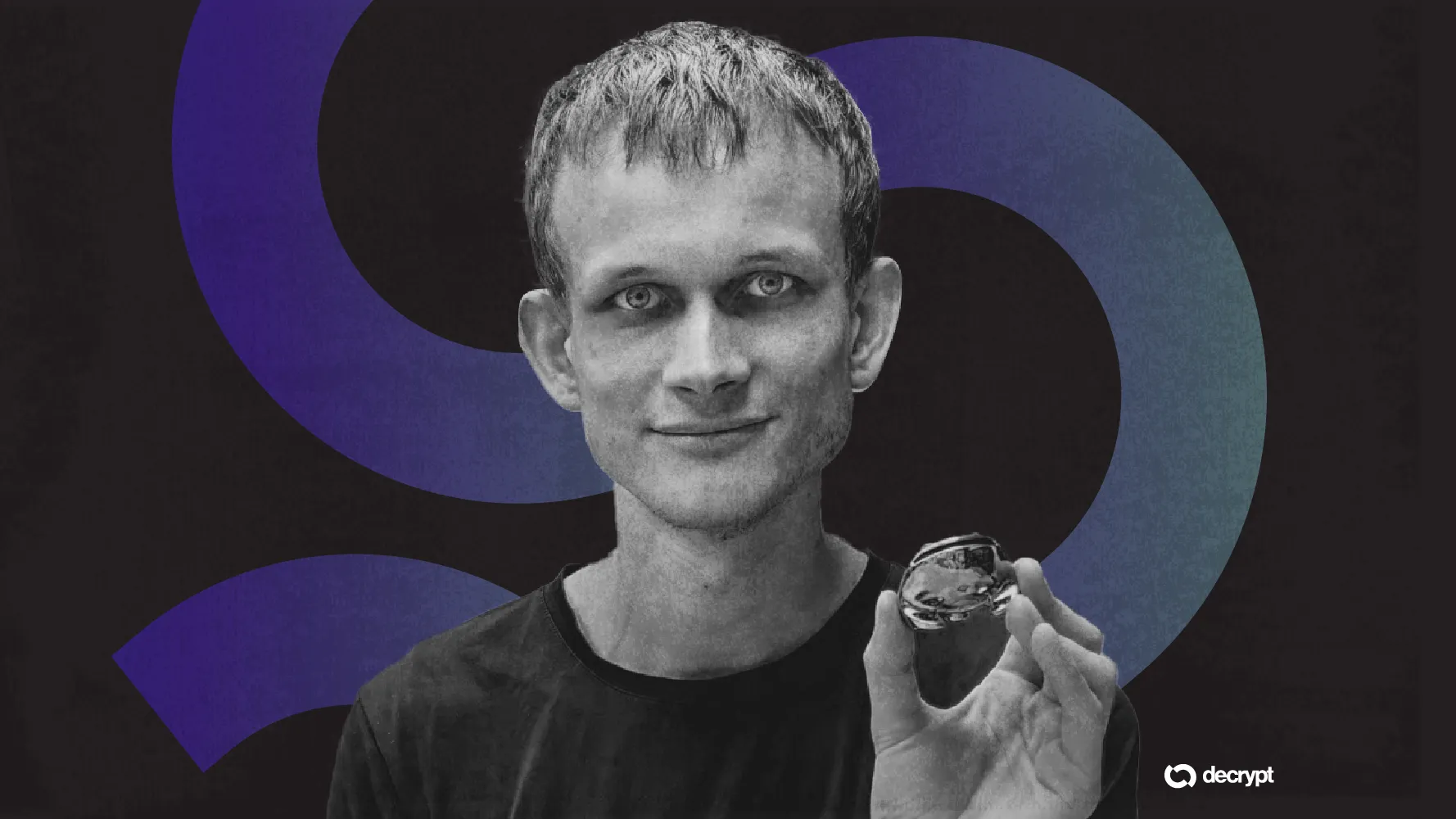“This is such a nascent business. You have this pure ledger, it’s a truth machine, and you can prove a lot of things by just looking at it, it’s pure math. I think it’s really important for any company this happens to. Check the maths, don’t take it at face value, show us what it is you say you’re seeing so that we can validate at our end.”Emily Coleman, Chief Marketing Officer, ShapeShift
Coin Prices
BTC
$108,471.00
-0.36%ETH
$2,552.47
-0.78%XRP
$2.28
0.25%BNB
$661.01
-0.24%SOL
$150.41
-1.25%USDC
$0.999898
0.00%TRX
$0.286815
0.06%DOGE
$0.168884
-1.53%STETH
$2,552.96
-0.73%ADA
$0.580708
-1.05%WBTC
$108,313.00
-0.39%HYPE
$37.96
-4.52%WSTETH
$3,078.07
-1.09%SUI
$2.88
-0.78%BCH
$498.30
0.65%LINK
$13.31
-2.09%LEO
$9.04
-0.13%XLM
$0.251398
0.87%AVAX
$17.90
-1.68%USDS
$0.999815
0.00%SHIB
$0.00001179
0.34%WEETH
$2,733.03
-0.92%TON
$2.76
-1.23%WETH
$2,553.81
-0.78%HBAR
$0.156868
-1.37%LTC
$86.21
-1.69%WBT
$45.01
0.69%BSC-USD
$1.001
0.03%XMR
$314.92
-1.17%CBBTC
$108,469.00
-0.41%USDE
$1.00
0.01%DOT
$3.34
-1.57%BGB
$4.30
-2.31%UNI
$7.43
0.59%AAVE
$282.07
-1.76%PEPE
$0.00000994
-1.26%PI
$0.456507
-0.59%SUSDE
$1.18
0.04%TAO
$320.41
-1.26%OKB
$48.04
-0.89%BUIDL
$1.00
0.00%APT
$4.39
-1.47%JITOSOL
$182.77
-1.21%NEAR
$2.13
-1.78%ICP
$4.75
-1.91%CRO
$0.081201
-0.32%ETC
$16.44
-1.18%ONDO
$0.78244
-0.96%SUSDS
$1.058
0.01%USD1
$1.001
0.08%KAS
$0.074986
-3.26%FTN
$4.45
0.26%MNT
$0.561656
-1.74%GT
$15.57
0.29%ATOM
$4.02
-1.23%BONK
$0.00002293
0.48%VET
$0.02045536
-1.52%FET
$0.668993
-0.70%TRUMP
$8.48
-1.63%SKY
$0.078608
-0.33%POL
$0.185833
0.65%LBTC
$108,422.00
-0.68%RENDER
$3.15
-1.96%ARB
$0.32679
-2.56%ENA
$0.253668
-3.56%QNT
$107.16
-1.21%WETH
$2,556.60
-0.54%FIL
$2.25
-1.70%JLP
$4.49
-0.56%ALGO
$0.173857
-0.98%WLD
$0.862154
-2.45%USDTB
$0.999859
0.02%FDUSD
$0.999178
0.01%BNSOL
$159.48
-1.28%KCS
$11.04
0.38%SEI
$0.252601
-4.34%USDT0
$0.999864
-0.05%JUP
$0.42921
-3.65%RSETH
$2,677.37
-0.62%NEXO
$1.22
-0.23%RETH
$2,907.95
-0.85%SPX
$1.28
-5.09%TKX
$13.82
-0.63%FLR
$0.01588335
-4.18%FARTCOIN
$1.10
-6.77%TIA
$1.56
-4.54%USDT
$0.999883
-0.01%XDC
$0.065383
1.33%INJ
$10.40
-1.66%USDC
$1.001
0.09%STX
$0.644491
-1.47%S
$0.303484
-2.40%SOLVBTC
$108,248.00
-0.48%PENGU
$0.01541995
1.43%METH
$2,729.26
-0.70%VIRTUAL
$1.47
-4.76%OSETH
$2,682.92
-0.59%SYRUPUSDC
$1.11
-0.02%OP
$0.533451
-2.37%PAXG
$3,330.47
0.36%WBTC
$108,273.00
-0.48%PYUSD
$0.999823
0.02%IP
$3.09
-4.11%WBNB
$661.19
-0.20%KAIA
$0.149333
-0.99%EZETH
$2,680.33
-0.95%CLBTC
$109,014.00
-1.68%WIF
$0.843328
-2.09%XAUT
$3,323.16
0.47%GRT
$0.082617
-2.47%FLOKI
$0.00008348
-2.01%A
$0.505201
5.34%JUPSOL
$168.81
-1.17%CAKE
$2.25
-1.32%IMX
$0.411679
-1.70%MSOL
$196.67
-1.15%LSETH
$2,758.58
-0.77%OUSG
$111.71
0.02%CRV
$0.505217
-0.43%USTB
$10.74
0.01%THETA
$0.681719
-2.59%USDX
$0.99816
-0.01%JTO
$1.85
-2.82%LDO
$0.712305
-3.97%USDY
$1.09
-0.01%GALA
$0.01394254
-2.63%ZEC
$38.71
0.24%ENS
$18.45
-1.34%IOTA
$0.156545
-2.14%BTT
$0.00000061
0.07%SAROS
$0.228246
-0.87%XSOLVBTC
$107,966.00
0.39%SAND
$0.241842
-1.43%USD0
$0.997733
-0.05%WHYPE
$37.96
-4.26%AERO
$0.690204
-1.93%RAY
$2.18
-0.82%JASMY
$0.01199787
-2.41%SUPEROETH
$2,552.56
-0.85%TBTC
$108,303.00
-0.03%AB
$0.00839759
3.24%PENDLE
$3.38
-0.49%SYRUP
$0.51469
-6.39%XTZ
$0.52492
-0.87%CMETH
$2,727.85
-0.68%PYTH
$0.095225
-3.37%WETH
$2,553.29
-0.85%WAL
$0.39408
-2.73%USDF
$0.993624
-0.61%CGETH.HASHKEY
$2,683.32
0.72%FLOW
$0.324431
-1.26%BTC.B
$108,314.00
-0.48%WETH
$2,553.81
-0.80%MANA
$0.261565
-2.14%TUSD
$0.997341
0.02%BSV
$24.77
0.69%CORE
$0.487361
-2.46%RLUSD
$0.999797
0.01%VENOM
$0.2296
-3.03%APE
$0.593663
-3.17%USDC.E
$0.999903
0.01%RUNE
$1.33
-0.97%XCN
$0.01362491
-2.83%DEXE
$7.81
1.71%BDX
$0.06091
1.05%NFT
$0.00000044
-0.28%DOG
$0.00434756
-3.51%DOGE
$0.169011
-1.42%MORPHO
$1.35
-1.51%KAVA
$0.396068
0.13%STHYPE
$37.95
-4.29%HNT
$2.30
-0.92%USDD
$1.00
0.02%BRETT
$0.04225768
-3.45%USYC
$1.093
0.00%USDB
$0.996847
-0.13%RSR
$0.00692345
-3.79%STRK
$0.111022
-2.64%ETHX
$2,715.51
-0.73%DYDX
$0.516266
-1.66%MOVE
$0.147958
-2.82%NEO
$5.40
-1.53%COMP
$40.50
-1.04%MOG
$0.00000097
-3.54%USDT
$0.999423
0.03%EGLD
$13.22
-0.82%CFX
$0.072374
-2.67%EETH
$2,549.01
-0.90%EOS
$0.508384
6.03%EBTC
$107,953.00
-0.77%DAI
$1.00
0.04%XEC
$0.00001819
-2.15%DEEP
$0.143511
-1.71%AIOZ
$0.302016
-2.68%B
$0.358232
-8.44%ETHFI
$0.939072
-4.12%KAITO
$1.45
-5.90%CBETH
$2,816.93
-0.77%AXS
$2.11
-2.14%EIGEN
$1.11
-3.19%TEL
$0.00373041
-3.96%JST
$0.0343602
-0.61%SWETH
$2,793.34
-0.90%CHZ
$0.03490828
-2.90%OHM
$20.50
0.00%SUN
$0.01729332
0.25%WBTC
$108,382.00
-0.36%GRASS
$1.14
-0.69%AR
$5.01
-2.48%WETH
$2,554.09
-0.77%ZK
$0.04516029
-2.44%FRAX
$0.999037
0.04%USDG
$0.999796
0.05%KET
$0.313049
-4.55%BUSD
$1.00
0.05%BEAM
$0.00596325
-2.19%AXL
$0.313147
-2.19%RON
$0.472011
-1.25%FRXETH
$2,548.05
-0.99%M
$0.192017
2.17%LUNC
$0.00005576
-1.82%TRIP
$10.32
-0.48%BBSOL
$164.29
-1.33%GHO
$0.999394
0.02%W
$0.063731
-3.58%USDO
$1.001
0.04%GNO
$111.05
-0.85%SUPER
$0.645958
-1.05%TWT
$0.694657
-1.57%AKT
$1.062
-0.47%TETH
$3,088.33
-0.82%CUSDO
$1.02
0.03%AMP
$0.00336323
-1.16%WAVAX
$17.90
-1.70%EUTBL
$1.22
0.13%POPCAT
$0.284123
-5.51%CHEEMS
$0.00000135
-1.32%ABTC
$108,454.00
-0.44%PLUME
$0.106505
-4.64%KTA
$0.668418
-1.40%MATIC
$0.185757
0.46%CWBTC
$2,177.98
-0.35%CTC
$0.589354
-0.71%BTSE
$1.63
0.49%DCR
$15.63
-0.74%PUMPBTC
$101,903.00
-0.17%1INCH
$0.189304
-1.00%ATH
$0.0263192
-1.96%



